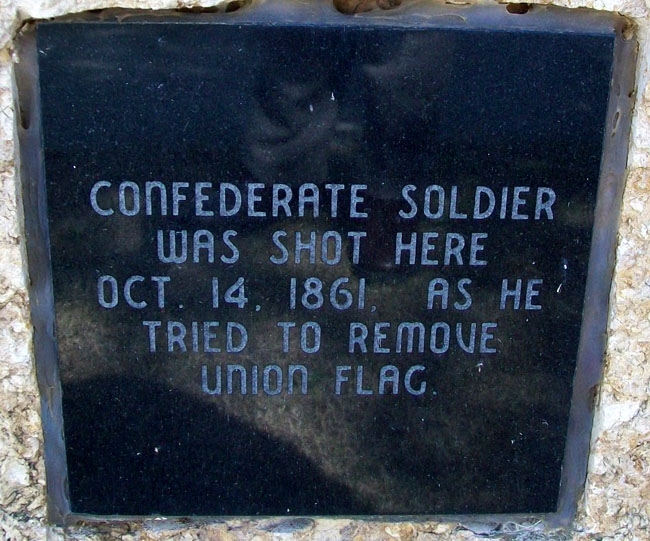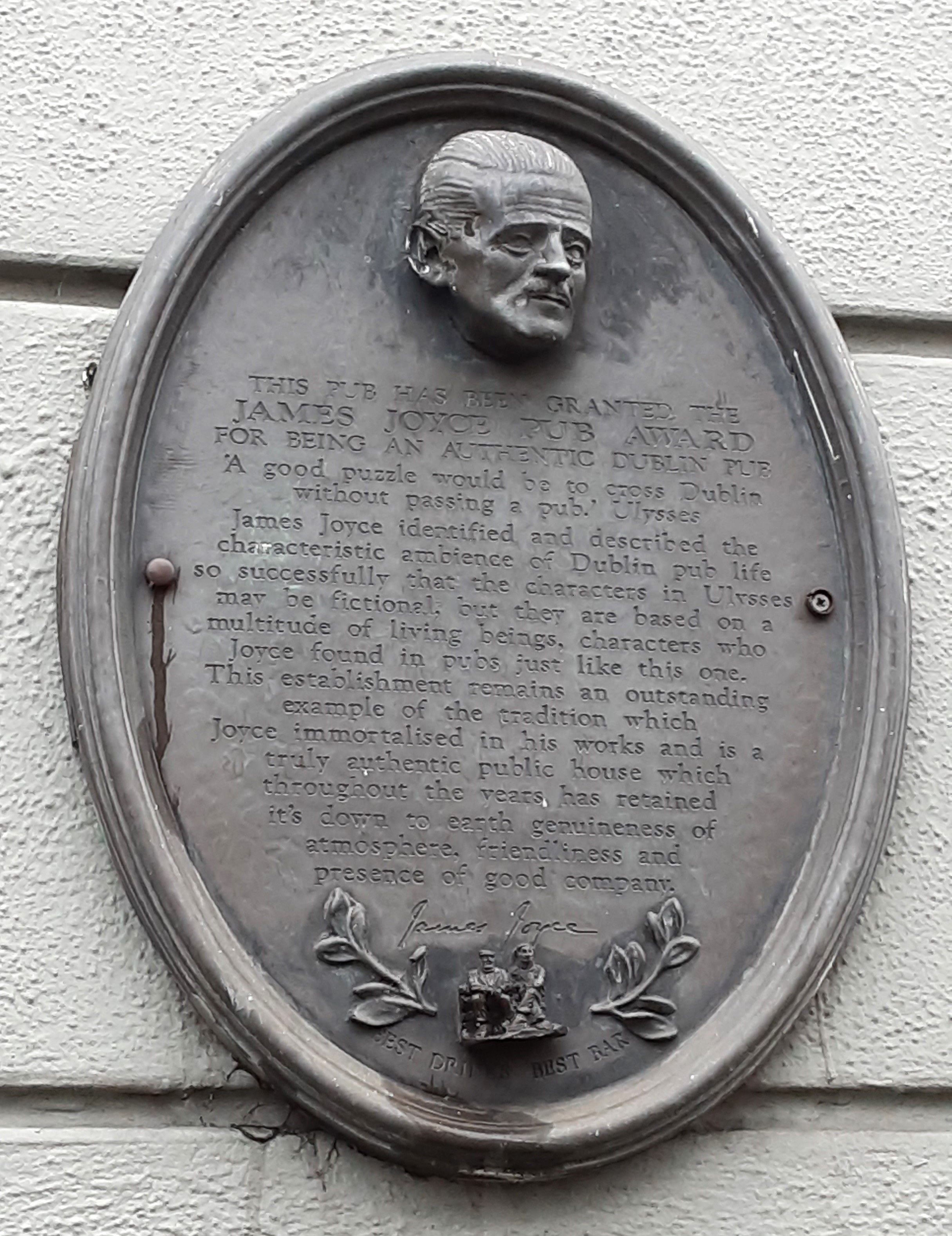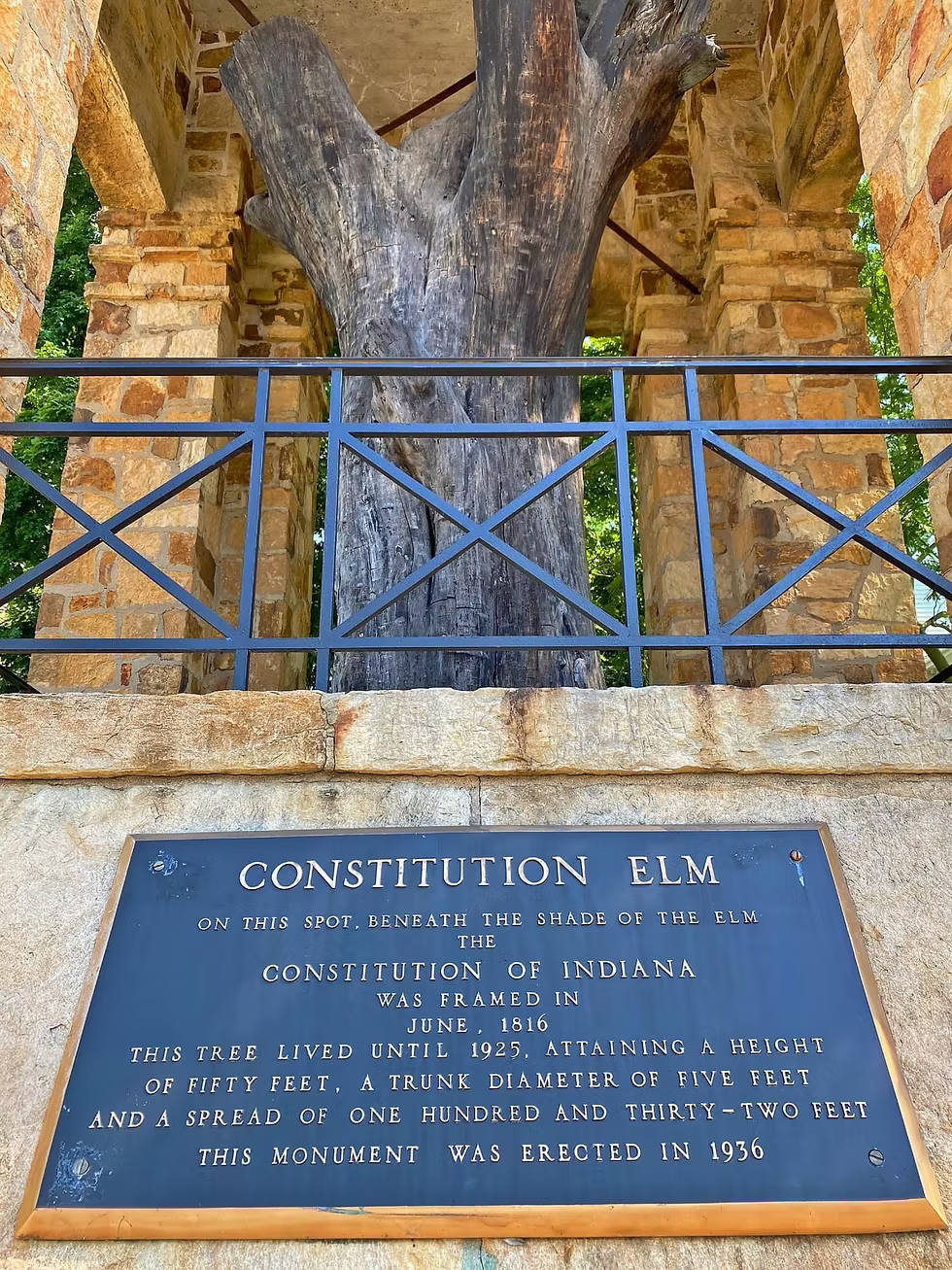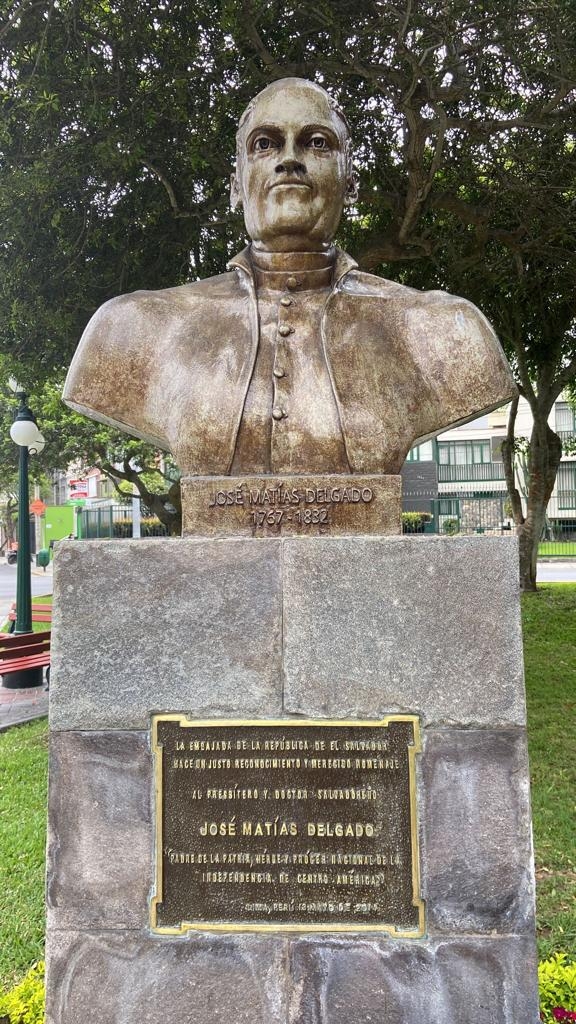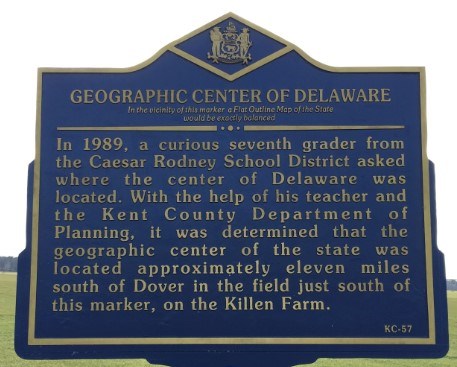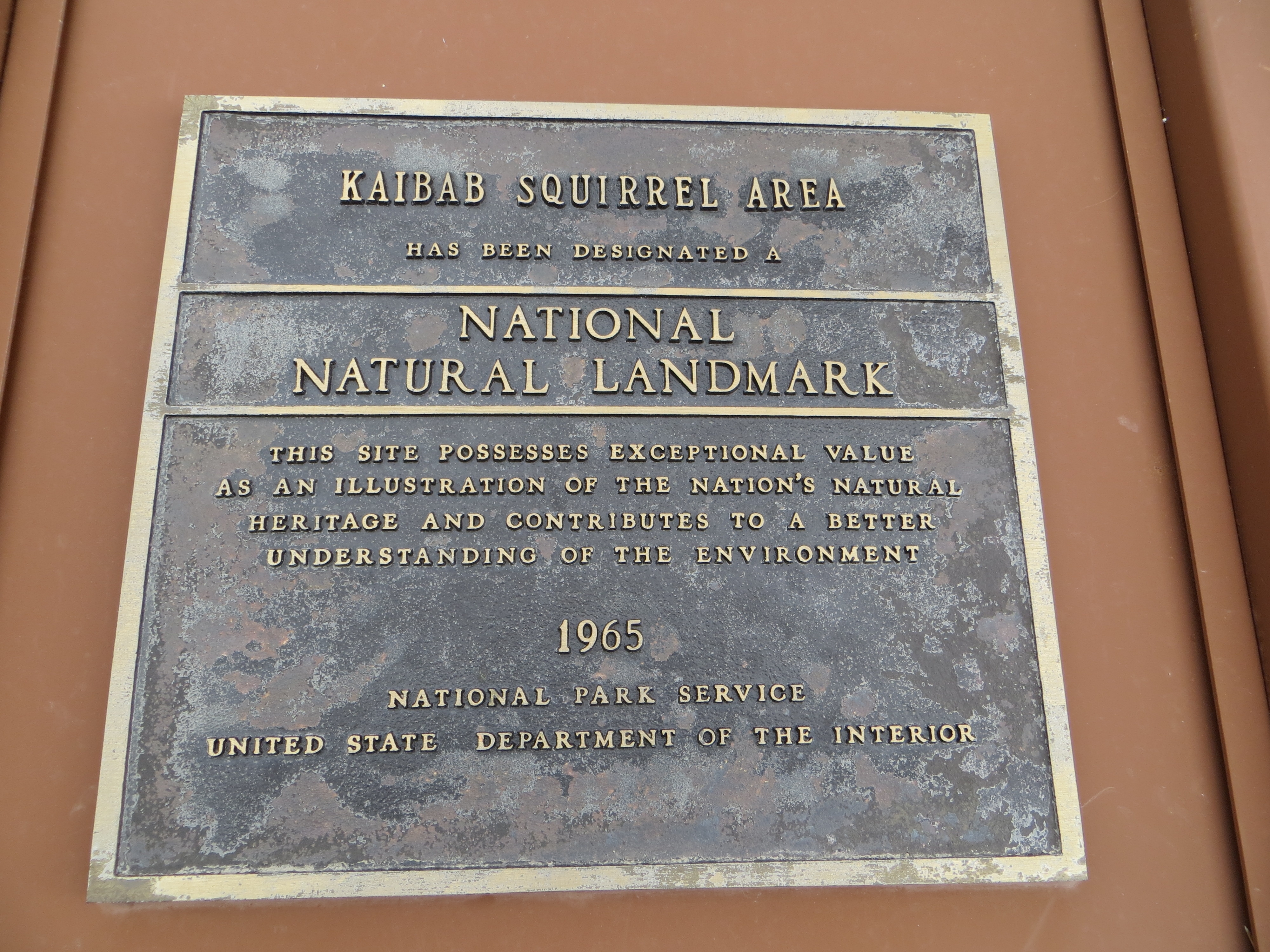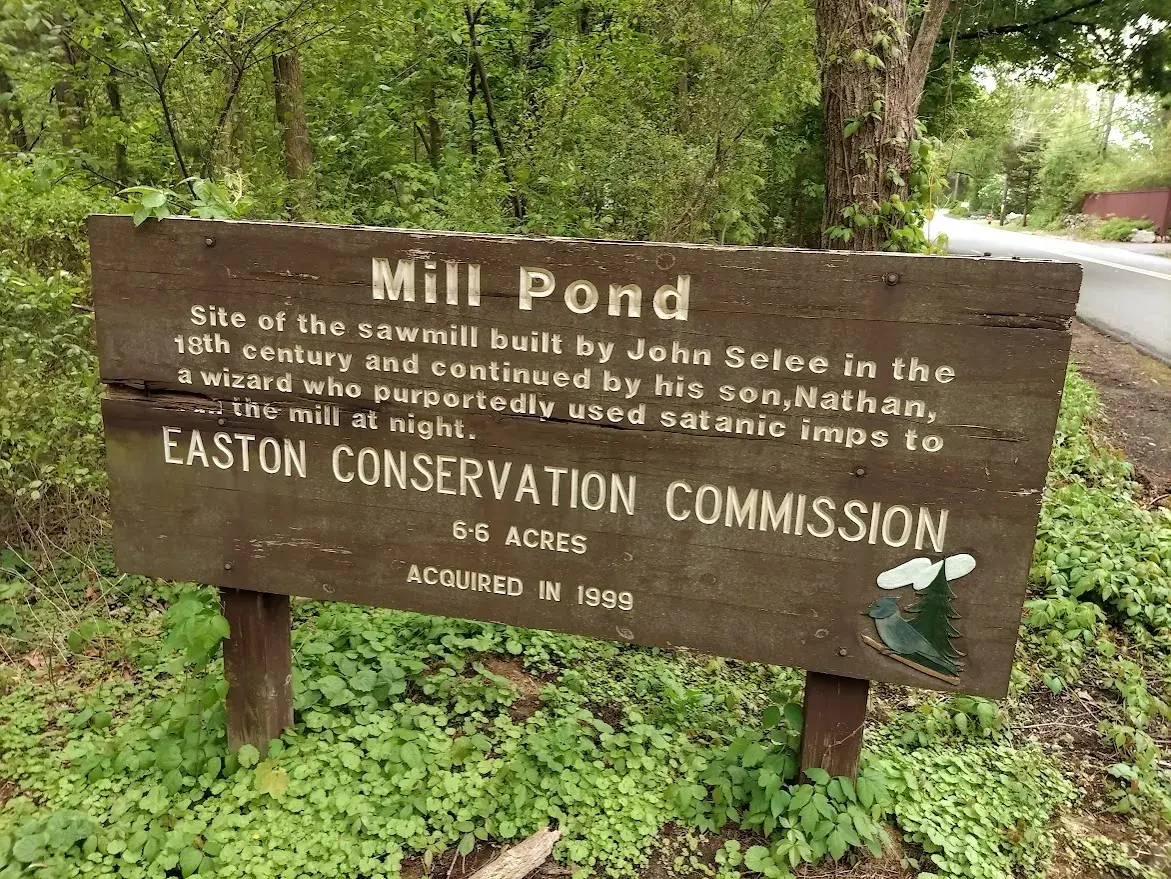Always Read the Plaque
117 readers
8 users here now
A collection of historical markers, dedications, and memorials from around the world.
Please include the following in posts if you can: -The title, or a descriptive name -Text of any inscription -The physical location, or a link that contains the location
Attribution:
The community banner is from Michael Jovic on Unsplash (source).
The community icon is from the 99% Invisible podcast (source) where it is attributed to Reddit user r/Brumisator.
founded 1 month ago
MODERATORS
1
2
3
4
5
6
7
8
9
10
11
12
13
14
15
16
17
18
19
20
21
22
23
24
25
view more: next ›






